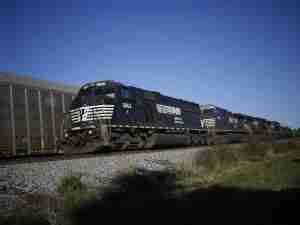FTR’s Shippers Conditions Index (SCI) fell in September into negative territory at -3.1 from a positive 5.0 in August. The freight environment was tougher for shippers in September as capacity utilization tightened and freight volume increased.
The monthly decline appears to be an outlier as conditions, although volatile, should generally improve as capacity utilization loosens. However, fuel costs will remain a major wild card.
Todd Tranausky, vice president of rail and intermodal at FTR, commented, “A slowing freight market will help ease shippers’ pain points over the coming weeks and months with the slow freight growth expected to continue for much of 2023. This will in particular give rail carriers an opportunity to hire to meet demand and use that headcount to improve service levels for the next upward cycle.”
The November issue of FTR’s Shippers Update, published November 7, provides a detailed analysis of the factors affecting the September Shippers Conditions Index and provides the forecast for this index through September of 2023. The November issue also includes an exploration of why the creation of new trucking companies remains stronger than would be expected given the large numbers of carriers exiting the market.
The Shippers Conditions Index tracks the changes representing four major conditions in the U.S. full-load freight market. These conditions are: freight demand, freight rates, fleet capacity, and fuel price. The individual metrics are combined into a single index that tracks the market conditions that influence the shippers’ freight transport environment. A positive score represents good, optimistic conditions. A negative score represents bad, pessimistic conditions. The index tells you the industry’s health at a glance.








